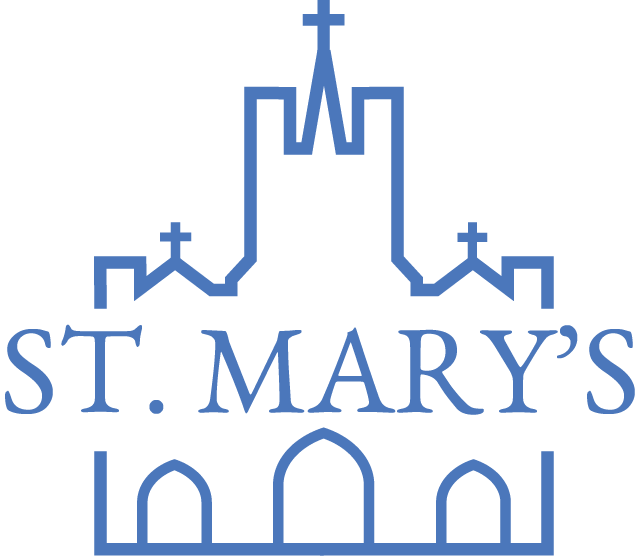28 Dec Fourth Sunday in Advent
Fourth Sunday in Advent
Deacon Blaine Barclay
This fourth Sunday of Advent our Lord comes to meet us in the greeting of Mary to her cousin Elizabeth. Although we cannot be sure of the words Mary used in her greeting, we do know that Elizabeth, and John the Baptist in her womb, recognized in Mary’s words of greeting the Word made Flesh.
The Visitation of Mary to Elizabeth, like Epiphany, Is also a ‘little Christmas’. Before the choir of angels, before the shepherds, before the wisemen from the east, Elizabeth and John recognize the coming of the Christ. The Incarnation of God in the person of Jesus had already taken place, the Word has become the most vulnerable of all flesh in the womb of Mary. The Word becomes Flesh in the Marian fiat, in Mary’s yes. All our yeses are contained in Mary’s yes, and in the moment of recognition by Elizabeth and John. So, let us unpack this story a bit.
The Visitation of Mary to Elizabeth is of course familiar to anyone who reads the gospels or prays the rosary. But let’s hope that its very familiarity doesn’t hide from us the depth of this text and its layers of invitations. The Visitation takes place immediately after the Word became flesh in Mary’s womb at the Annunciation. It says, ‘Mary set out and went with haste to… Elizabeth’. Mary‘s response to the word that comes to her from God is, ‘Let it be done to me according to your word‘. Then the first thing Mary does in response to this disruptive, dynamite Word, now en-fleshed in her womb, is to think of someone else, to put herself at the service of another. Mary knows that her cousin Elizabeth is perhaps the only person who will believe her ‘good news’, because Elizabeth herself has experienced her own ‘impossible good news’, having conceived John later in life.
Having travelled about 100 miles south from Nazareth to Hebron, a priestly city in the hill country of Judea, upon her arrival Mary greets her older cousin Elizabeth. Perhaps with the traditional Jewish greeting, ‘Shalom Aleichem’ , ‘Peace be with you’. We know only the response of Elizabeth to the word of greeting from her cousin Mary. It forms part of the Hail Mary. ‘Blessed are you among women, and blessed is the fruit of your womb‘.
Prior to her verbal response to Mary’s greeting two things take place. First of all, when Elizabeth heard Mary‘s greeting, the child leaped within her womb. Even in the womb John recognized the presence of Jesus in Mary. From the beginning Mary mediates and points to the presence of Jesus. Talk about a womb with a view, Mary is the first tabernacle of the new covenant, of the Messianic age, and both John and Elizabeth are the first to see this. Secondly, ‘Elizabeth was filled with the Holy Spirit‘, and first spoke those famous words of recognition. ‘Blessed are you among women, and blessed is the fruit of your womb.‘ Elizabeth is also the first to recognize Mary’s unique role in salvation history. When she asks, ‘Why has this happened to me, that the Mother of my Lord comes to me‘? This phrase, ‘Mother of my Lord‘, is both a first Marian dogma and a profound profession of faith in the identity of Jesus. Together, Mary’s yes, John’s leap of faith, and Elizabeth’s profession, ‘Mother of my Lord‘; express a first layer of what is called the Kerygma, a fancy word for the core proclamation and profession of the Christian faith. As we enter into the great mystery of the Incarnation, of God becoming flesh in the person of Jesus of Nazareth, let us learn from Mary, Elizabeth, and John, how to welcome this coming of God in our midst. From Mary, ‘Let it be done to me according to your word‘. ‘And the Word became flesh and pitched his tent among us’. From John, filled with the Holy Spirit even in the womb, recognizing the presence of the Word made flesh. From Elizabeth, who recognized from the beginning, the unity of the Marian yes and the mystery of the Incarnation. Mary’s Yes, John’s Leap, and Elizabeth’s Who am I…. Three foundational moments of recognition embedded in the story of the Visitation. Making us right ready for Christmas.

